Video art is an art form which relies on using video technology as a visual and audio medium. Video art emerged during the late 1960s as new consumer video technology such as video tape recorders became available outside corporate broadcasting. Video art can take many forms: recordings that are broadcast; installations viewed in galleries or museums; works streamed online, distributed as video tapes, or DVDs; and performances which may incorporate one or more television sets, video monitors, and projections, displaying live or recorded images and sounds.

Sir Richard Julian Long, is an English sculptor and one of the best-known British land artists.
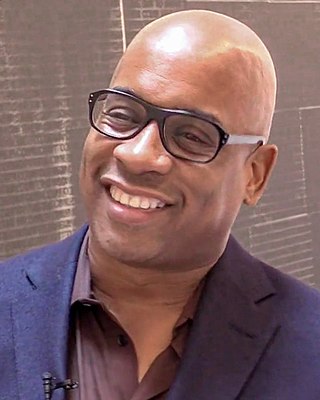
Glenn Ligon is an American conceptual artist whose work explores race, language, desire, sexuality, and identity. Based in New York City, Ligon's work often draws on 20th century literature and speech of 20th century cultural figures such as James Baldwin, Zora Neale Hurston, Gertrude Stein, Jean Genet, and Richard Pryor. He is noted as one of the originators of the term Post-Blackness.

Richard Dean Tuttle is an American postminimalist artist known for his small, casual, subtle, intimate works. His art makes use of scale and line. His works span a range of formats, from sculpture, painting, drawing, printmaking, and artist’s books to installation and furniture. He lives and works in New York City, Abiquiú, New Mexico, and Mount Desert, Maine.
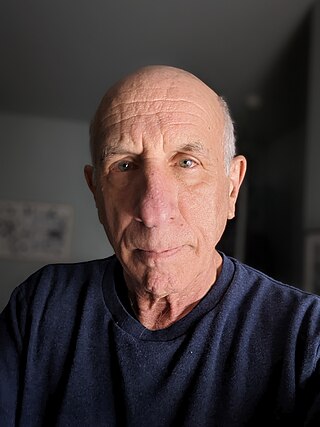
Kenneth Feingold is a contemporary American artist based in New York City. He has been exhibiting his work in video, drawing, film, sculpture, photography, and installations since 1974. He has received a Guggenheim Fellowship (2004) and a Rockefeller Foundation Media Arts Fellowship (2003) and has taught at Princeton University and Cooper Union for the Advancement of Art and Science, among others. His works have been shown at the Museum of Modern Art, NY; Centre Georges Pompidou, Paris; Tate Liverpool, the Whitney Museum of American Art, New York, among others.
Christian Jankowski is a contemporary multimedia artist who largely works with video, installation and photography. He lives and works in Berlin and New York.
Mel Bochner is an American conceptual artist. Bochner received his BFA in 1962 and honorary Doctor of Fine Arts in 2005 from the School of Art at Carnegie Mellon University. He lives in New York City.
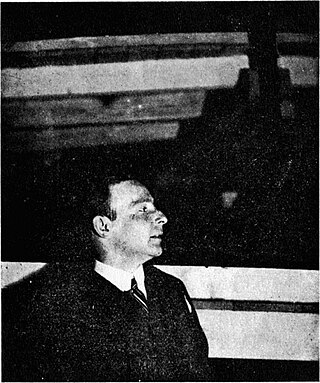
Frederick Jacob Kiesler was an Austrian-American architect, theoretician, theater designer, artist and sculptor.

Otto Piene was a German-American artist specializing in kinetic and technology-based art, often working collaboratively. He lived and worked in Düsseldorf, Germany; Cambridge, Massachusetts; and Groton, Massachusetts.

Alighiero Fabrizio Boetti known as Alighiero e Boetti was an Italian conceptual artist, considered to be a member of the art movement Arte Povera.

Susan Charna Rothenberg was an American contemporary painter, printmaker, sculptor, and draughtswoman. She became known as an artist through her iconic images of the horse, which synthesized the opposing forces of abstraction and representation.
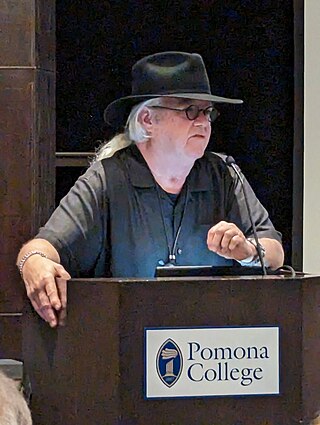
Peter Shelton is a contemporary American sculptor born in 1951 in Troy, Ohio.

William Thomas Wiley was an American artist. His work spanned a broad range of media including drawing, painting, sculpture, film, performance, and pinball. At least some of Wiley's work has been referred to as funk art.
Gregor Muir is Director of Collection, International Art, at Tate, having previously been the Executive Director of the Institute of Contemporary Arts in London from 2011 until 2016. He was the director of Hauser & Wirth, London, at 196a Piccadilly, from 2004 - 2011. He is also the author of a 2009 memoir in which he recounts his direct experience of the YBA art scene in 1990s London.
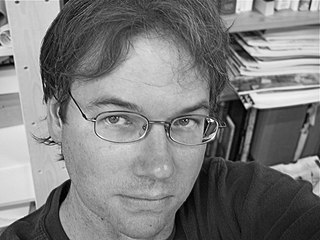
Greg Colson is an American artist best known for his works that straddle the line between painting and sculpture, which address concepts of efficiency and order. Using scavenged materials, Colson allows the physicality of his makeshift constructions to intrude on the precise systems he paints or draws upon their surfaces - striking a balance between subject and context, image and support, order and chaos.
Evan Penny, currently lives and works in Toronto, Ontario, Canada. In 1978, Penny graduated from the Alberta College of Art and Design in 1975.
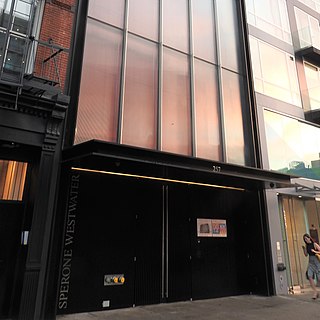
Sperone Westwater is a contemporary art gallery in the Bowery, in Manhattan, in New York City. The partners are Angela Westwater and Gian Enzo Sperone. The gallery was started on Greene Street in Soho in 1975; the first show was of work by Carl Andre. Since 2010 it has occupied a building on Bowery purpose-built to designs by Foster + Partners.

Modern sculpture is generally considered to have begun with the work of Auguste Rodin, who is seen as the progenitor of modern sculpture. While Rodin did not set out to rebel against the past, he created a new way of building his works. He "dissolved the hard outline of contemporary Neo-Greek academicism, and thereby created a vital synthesis of opacity and transparency, volume and void". Along with a few other artists in the late 19th century who experimented with new artistic visions in sculpture like Edgar Degas and Paul Gauguin, Rodin invented a radical new approach in the creation of sculpture. Modern sculpture, along with all modern art, "arose as part of Western society's attempt to come to terms with the urban, industrial and secular society that emerged during the nineteenth century".
Tony Labat is a Cuban-born American multimedia artist, installation artist, and professor. He has exhibited internationally, developing a body of work in performance, video, sculpture and installation. Labat's work has dealt with investigations of the body, popular culture, identity, urban relations, politics, and the media.
The Galerie Konrad Fischer is a German contemporary art gallery. It was founded in 1967 by Dorothee and Konrad Fischer in Düsseldorf, in a disused alley in the center of the city.














